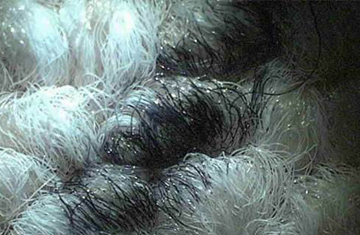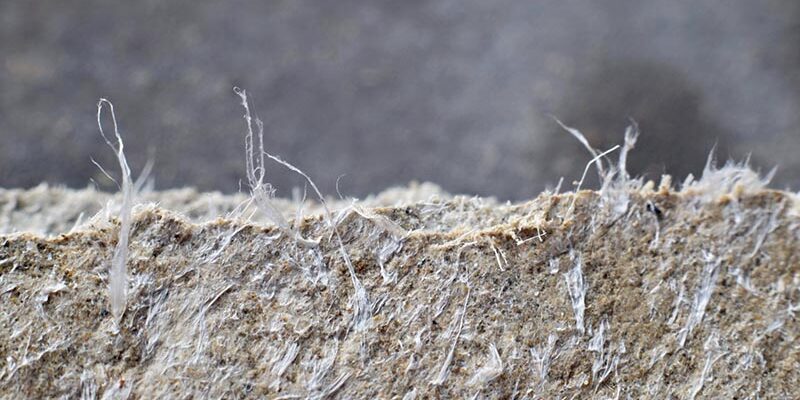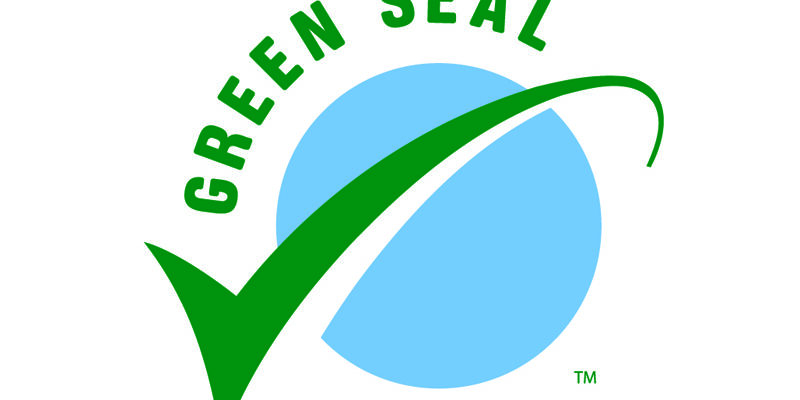Using Solvents

Q: At a supply store recently, I noticed in the spotting section a reference to dry solvents, and one said it was “volatile.” What does this mean and which dry solvents should I choose for spotting? Are there health concerns using dry solvents?
— Keith, Rockville, MD
A common spotter used in carpet and furniture cleaning is the dry solvent, which is the type of product you must have to effectively remove oily-type spots.
The types of spots that you can remove with dry solvents include oil, tar, paint, gum, most inks, many cosmetics, shoe polish, adhesives, etc.
Remember, when using a dry solvent on a substance that can dissolve — especially ink — is to use a technique to reduce or limit spreading of the spot. This can  be as simple as a water barrier around the spot as you apply the dry solvent. Never scrub a spot; always tamp and blot and rinse.
be as simple as a water barrier around the spot as you apply the dry solvent. Never scrub a spot; always tamp and blot and rinse.
As far as types of dry solvents, the term “dry” isn’t a reference to the liquid, but refers to the fact the product doesn’t contain water, or has very little water. Some dry solvents you may be more familiar with are acetone (fingernail polish remover) and naphtha (lighter fluid).
A “volatile” dry solvent, in the cleaning industry, does not refer to the explosive characteristics of the chemical, but instead refers to its ability to evaporate or dissipate without leaving residues.
1,1,1-trichloroethene was a popular effective dry volatile solvent years ago, until it was removed from the market due to environmental concerns. Now, there are alternative dry solvents that are very effective and safe to use. Many are citrus based.
A second class of dry solvents is the “non-volatile” variety. This means the solvent must be rinsed with hot water and detergent or by a volatile dry solvent.
Non-volatile dry solvents (NVDS) are petroleum-based or citrus-based spotters that do not evaporate or evaporate very slowly and can leave behind residues that will cause resoiling. Most of the early paint, oil and grease (POG) removers were coupled solvents and detergents with slow evaporation to allow contact time on difficult-to-dissolve substances.
No doubt the most popular non-volatile dry solvent used today is based on the citrus product d-Limonene. It’s a natural substance that still evaporates (but leaves a 2-5 percent sticky residue) and is a good choice for spot removal and as an additive to certain cleaning solutions, as a booster. Because of the residue, it is very important to thoroughly rinse d-Limonene-based products.
Gel solvents are popular in the NVDS category. They have a solvent-base of several types of chemicals, the most popular cited as d-Limonene. That’s why most gel solvent spotters smell like citrus.
The benefit of gel solvent spotters is that the product doesn’t easily penetrate into the backing of the fabric you are cleaning, which could cause delamination.
It also rinses fair to excellent with hot water and detergent, which means you don’t need a volatile dry solvent for rinsing purposes.
Cleaning performance of the product you choose is important, but even more important is safety and health. Remember that while you should consider the health of your customer, it is you or your technician that use the solvent each day and you or your technician that are exposed to the chemical on a regular basis.
Never forget to use plenty of ventilation when using dry solvents. Although most dry solvents are safe, avoid skin contact. Never give samples to your customers, unless they are specifically made for this purpose and properly labeled.












